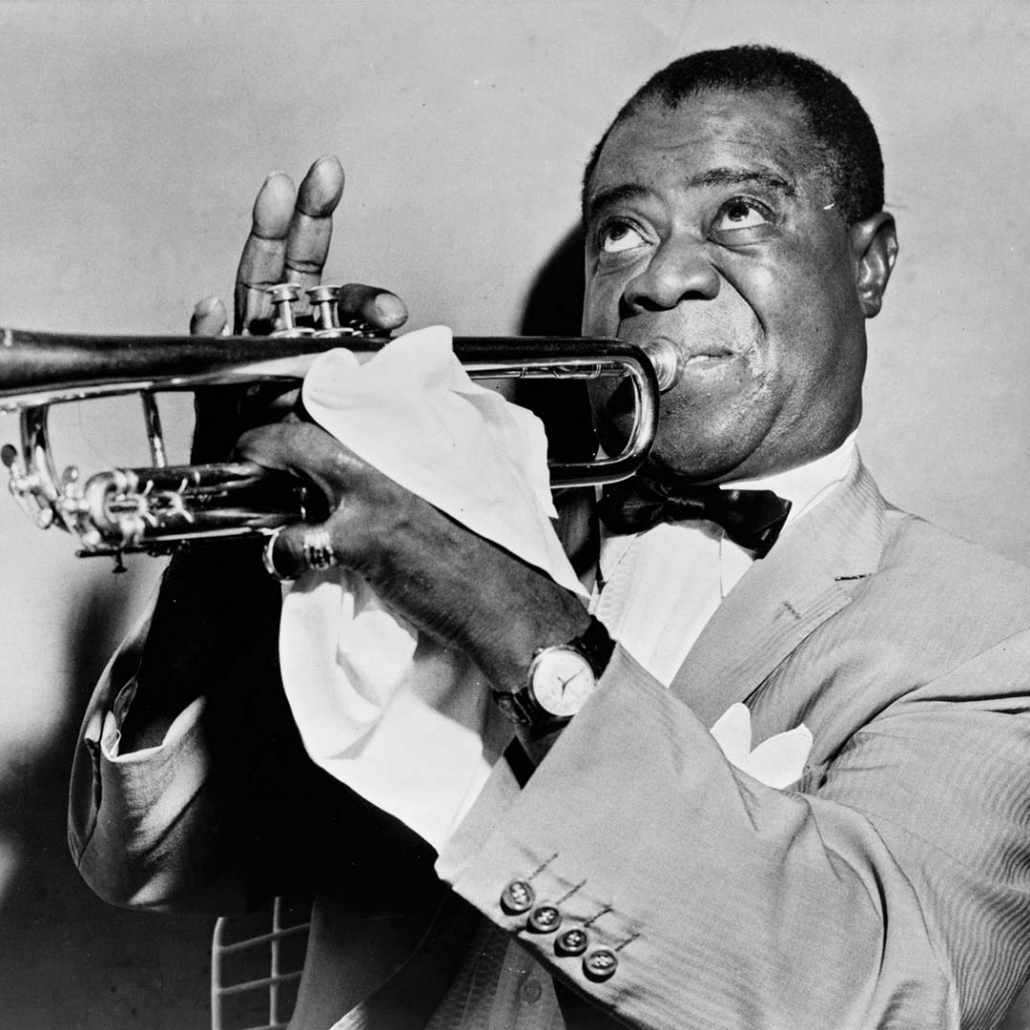Spotlight on the Jazz song genre
The aim of our spotlights on different song genres is to make it easy for Music teachers to bring to life the different contemporary music styles. In addition, for English teachers to have the knowledge and a great instrumental track for pupils to write song lyrics in a style of music they choose.
Jazz is a music genre that originated in the African-American communities from a bond of African-American and European-American musical parentage and culture. It finds its roots in Blues and Ragtime in the late 19th century and is characterised by swing and blue notes, complex chords, call and response vocals, polyrhythms and improvisation. Jazz has roots in European Harmony and African rhythmic rituals. It’s a genre that rapidly evolved through the whole century and influenced almost every other kind of music that already existed or that came after it.
We’ve looked at some of the key features of instrumentation, rhythm & beat and chords & harmonies in Jazz songs. Plus we’ve selected some Jazz songs to have a listen to. Pupils can use our demonstration instrumental track to write their lyrics & melodies over.
Instrumentation
From the beginning, Jazz was unique for using a mix of classic instruments like the piano and the trumpet but also more modern ones like the drums and from the 1930s the e-guitar. Jazz ensembles with only 5 or 6 musicians became so popular that bigger ensembles were soon formed. Called “Big Bands”, they are like orchestras but with a more jazzy instrumentation by having a small rhythm section based of the guitar, the piano, the drum, the upright bass and a horn section composed of several trumpets, trombones, saxophones and sometimes clarinets. Nowadays, we can see all kind of ensembles, small or big, using all kind of instruments: vibraphone, violin, accordion etc…
Rhythm and Beat
The rhythms of Jazz is known for being swung. The swing consists of delaying the off beats until the rhythm feels like in three. Also called the ternary rhythm.
Chords and Harmonies
Jazz is known for having very rich chords. The structures were influenced by European classical theory but with the influence of Blues music and talented musicians, Jazz harmonies developed so much that it can even be too complicated to understand for non-educated ears. Many other genres have been influenced by Jazz and have used its chords to add new colours and create crossover genres.
Demonstration instrumental track
You can use our demonstration instrumental track below to have a go at putting your lyrics and melodies over a Jazz style instrumental. The Demo instrumental has a medium swing feel structured with the typical jazz standard form AABA. Instead of having verses and choruses alternating with each other, most jazz songs used this form that means having twice the same part A, then a bridge B, then back to the first part A. The song structure of this instrumental track is:
Intro x8
A part x8
A part x8
B part (bridge) x8
A part x8
A part x8 (Piano solo)
A part x8 (Piano solo)
B part (bridge) x8
A part x8
Outro x4
SONG REFERENCES
L-O-V-E – DIANA KRALL
Contemporary singer and pianist who is well known for her elegant, swingy and minimalistic style interpreting old Jazz standards with fresh energy.
A FOGGY DAY IN LONDON TOWN – MICHAEL BUBLÉ
An other modern Jazz artist singing this swingy song with a Big band.
SMILE – NAT KING COLE
A very charismatic jazz singer and pianist successful in the 1940s until his death in 1964.
FEVER – PEGGY LEE
A Classic jazz tune with a lot space and minimalism.








